Accountability Dashboard (January - March 2022)
Listening, learning, and reporting back to our community.
Accountability Dashboard January - March 2022
The IBR Accountability Dashboard is a transparency tool designed to share engagement metrics and hold the program accountable to the public. Ongoing and inclusive community engagement is critical to identify a solution that balances differing regional perspectives and best serves the complex needs of the variety of users. The metrics below are the results of community engagement efforts conducted from January-March 2022. Additional engagement opportunities will continue throughout the life of the program.
Listening
Public Meetings Held
12
January - March 2022
Meetings held include advisory committee meetings.
Website Visitors
6,757
January – March 2022
An anonymous website metric which tracks users visiting a website. This metric includes new users and returning visitors.
Social Engagements
5,000+
January – March 2022
Community Survey Interviews
1,005
April 2022
Interviews were conducted with 1,005 registered voters in Clark, Clackamas, Multnomah, and Washington counties (within Metro boundaries in Clackamas and Washington counties). This included 192 voters of color. The survey was conducted April 13-22, 2022, via landline and cell phones, and online via text-to-web and email-to-web invitations. Voters in the City of Vancouver and BIPOC voters in the Portland Metro area were oversampled.
The opinion survey included questions about specific design options relating to lane capacity and transit on
the bridge, light rail extension options in Clark County, and Hayden Island interchange interest. The opinion survey results help illuminate voter opinion, values, and priorities regarding the IBR program. This opinion survey is one additional tool to collect feedback as part of the program’s ongoing efforts to engage with and consider input from the community.
Equity Round Table Event Viewers
100
January - March 2022
On February 25, The IBR program hosted an online equity round table, Black Communities and their Relationships with Infrastructure. Panelists shared their lived experiences and reflected on how public infrastructure programs have historically impacted Black communities. It was attended by over 100 viewers via YouTube
Community Presentations
50+
January - March 2022
Community presentations are presentations given to various community groups, neighborhoods, and municipalities at their request.
Advisory Committee Meeting Engagement
January – March 2022
Live attendance is in reference to committee members, the advisory group members and other attendees. YouTube viewers are those who viewed the meeting from YouTube either during the presentation or at a later time/date. These numbers are reflective of the advisory group meetings from January - March 2022.
| Group | Meeting Attendance | YouTube Viewers |
|---|---|---|
| Executive Steering Group | 16 | 2322 |
| Equity Advisory Group | 24 | 177 |
| Community Advisory Group | 120 | 433 |
Accessibility
January – March 2022
| Caption Services | Total |
|---|---|
| Meetings with captions | 10 |
| Meetings with ASL | 7 |
| Documents Remediated | 60 |
The program provided ASL interpretations and closed captioning for public meetings and events hosted by the program.
Documents and meeting presentations are remediated and made ADA compliant before posting to our website.
Newsletter Subscribers
6,724
Subscribers to date
Comments Received
127
January – March 2022
Media Stories
109
January – March 2022
Media stories generated about the IBR program between January and March.
Learning
Design Options Presented
Community Survey
In November, the program shared design options with the community through an online open house, community briefings, and listening sessions . Following these efforts, an online survey was distributed that resulted in over 9,600 community responses.
Equity Advisory Group Highlights
- Reviewed and discussed high-capacity transit investment options, technical and equity measures developed to better understand how the options perform relative to each other, and initial findings of technical and equity analysis.
- Began development of an accountability tool that will be used to demonstrate how the Equity Framework is being implemented throughout the program.
- The EAG discussed how the IBR program can ensure high-capacity transit investments contribute to equity objectives. Recommendations include incorporation of universal design principles, ensuring transit mode selected does not further displace or cause harm to equity-priority communities, hire locally and within low-income communities, ensure job training opportunities are in place before construction begins, and work with program partners to incorporate equity objectives into ongoing operations after bridge construction ends.
Community Advisory Group Highlights
- Discussed the process for reaching a Modified Locally Preferred Alternative (LPA) and how the group will provide feedback on key components.
- Regarding high-capacity transit related investments, the CAG emphasized the need to focus on equity, travel efficiency and reliability, and a data-informed process.
- Regarding Hayden Island/Marine Drive design options, the CAG shared their desire to hear from the freight community, interest in more data related to comparable travel time from route to route, congestion, cost, and an interest in learning more about how an interchange footprint will impact the Hayden Island community.
Bridge Stories
What’s your story?
We want to hear your experience using the bridge, what the bridge means to you and the benefits a replacement bridge could provide.
Send your story to info@interstatebridge.org. | View more bridge stories.
What we've heard and how we're responding
We've heard the community values low-barrier engagement options and the opportunity to have meaningful conversations with the program.
We've heard community members are interested in learning more about the program's design process and sharing their feedback.
We’ve heard social media is one of the preferred ways our community would like to be engaged.
Reporting
The program will continue to share accountability reports and develop additional reporting metrics. The most recent accountability reports include the 2021 Program Progress Report and 2021 Community Engagement Reports. The 2020 Conceptual Finance Plan provides an early and high-level overview of initial estimated funding and financing needs and potential sources.
Current reports are listed to the right. For more information, visit our library.
Bi-state and Legislative Reports
2022 Legislative Progress Report
2021 Legislative Progress Report
2020 Conceptual Finance Plan
2020 Legislative Progress Report
Community Engagement Reports
2021 Fall Community Engagement Report
2021 Spring Community Engagement Report
Program Timeline
The program is utilizing past work as appropriate to maximize past investment and support efficient decision-making, while also taking into account changes that have occurred since the previous planning process to identify a solution that meets current and future community needs and priorities. The IBR program will work with the community, as well as local, state, federal and tribal partners to complete the following work in the coming years:
- Complete the environmental review process
- Obtain state and federal permits
- Finalize program design
- Develop a finance plan
- Secure adequate funding
- Complete right-of-way acquisition
- Advertise for construction
The program is working with partners to identify what has changed and what design options should be considered through a transparent, data-driven process to address these changes and identify an IBR solution that best meets the needs for the region. The IBR solution will be submitted to federal agency partners at the Federal Highway Administration and Federal Transit Administration as part of a re-evaluation required under the National Environmental Policy Act. The re-evaluation will document the extent of new impacts based on the changes recommended to determine the next steps in the federal environmental process.
Based on the current estimated schedule, the program anticipates beginning the construction phase of the program in 2025. The following chart provides an overview of the target timeline goals for the general buckets of work that need to be completed to begin construction. Community and stakeholder engagement will continue through construction.
| Category | Start Date | End Date |
|---|---|---|
| Program Launch | Fall 2020 | Winter 2021 |
| Planning | Fall 2020 | Winter 2022 |
| Environmental | Summer 2021 | Winter 2024 |
| Pre-Construction | Winter 2024 | Summer 2025 |
| Community Engagement | Fall 2020 | Summer 2025 |
Disadvantaged Business Participation Goals
Through January 2022*
Disadvantaged Business Enterprise (DBE) are for-profit small business concerns where socially and economically disadvantaged individuals own at least a 51% interest and also control management and daily business operations.
| Contractual Obligation | Program Goal | Current Participation |
|---|---|---|
| 15% | 20% | 18% |
Current Funding Sources
* An additional $1 billion is dedicated through the Move Ahead WA transportation package for future work to complete construction.
Oregon: $45,000,000*
Washington: $ 45,000,000**
Funding Source notes:
* – CFDA 20.205, title Highway Planning and Construction, Federal Aid Highway Program Funds.
** – WA State Motor Vehicle account funds.
An additional $1 billion is dedicated through the Move Ahead WA transportation package for future work to complete construction.
Current Expenditures
Expenditures Through December 2021*
| IBR Program Work | Spent through December 2021* |
| WSDOT | $2,123,139.35 |
| ODOT | $1,053,332.58 |
| General Engineering Consultant** | $30,517,483 |
| Intergovernmental Agreements | $164,878.99 |
*Spending reflects all costs associated with program work since efforts were reinitiated in July 2019, including labor, equipment, and expenses
**General Engineering Consultant figure reflects costs incurred for work performed through the date indicated
GEC Expenditures Through December 2021 by Category
Expenditures Through December 2021*
|
Description |
Expenditures Through December 2021 |
|
Program Management |
5,051,056 |
|
Program Controls |
3,804,393 |
|
Financial Structures |
972,216 |
|
Communications |
6,019,500 |
|
Transportation Planning |
2,082,007 |
|
Environmental |
2,888,834 |
|
Transit Planning/Engineering |
2,366,400 |
|
Design Engineering |
4,552,633 |
|
Major Structures |
1,749,641 |
|
Direct Expense |
1,030,803 |
|
Grand Total |
30,517,483 |
Consultant Representation by Geographic Area
Through January 2022*
PNW firms are firms with offices in OR and WA, that are not in the Portland/Vancouver region.
List of current subconsultants (as of January 2022) WSP USA, Parametrix, Inc., PointNorth Consulting, Espousal Strategies, Otak, Inc., GKM dba/Amico Public Relations, Triunity, Inc., Emerio Design, LLC, Zimmer Gunsul Frasca Architects LLP, Willamette Cultural Resources Associates, Ltd, IML Services LLC, Group AGB, LTD, Shannon & Wilson, Inc, Alta Planning + Design, Inc., Wolf Water Resources: Cooper Zietz Engineers, Steven M. Siegel, Thuy Tu Consulting, LLC, Knight Architects Limited, Ott-Sakai & Associates, LLC, Epic Land Solutions, Inc., Armeni Consulting Services, LLC



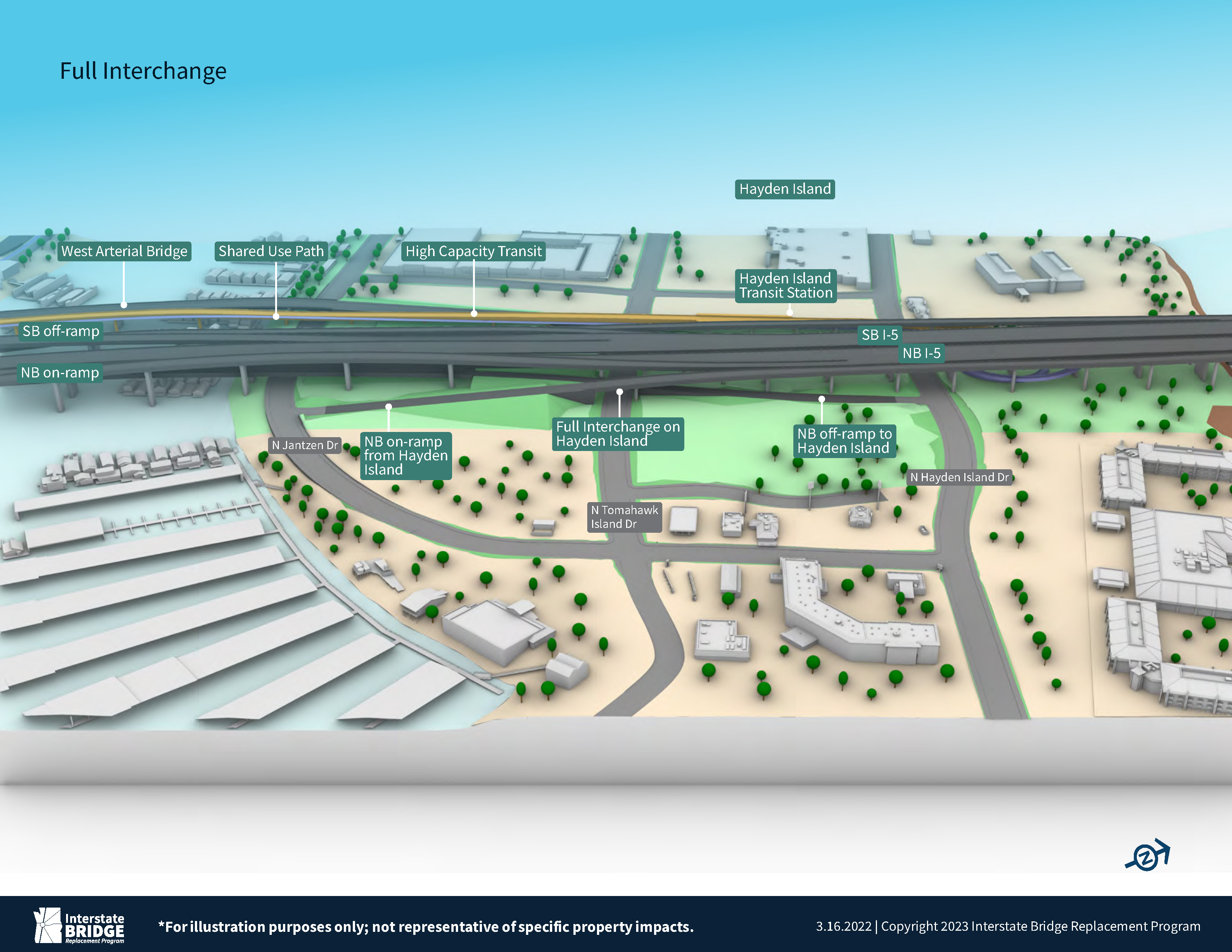

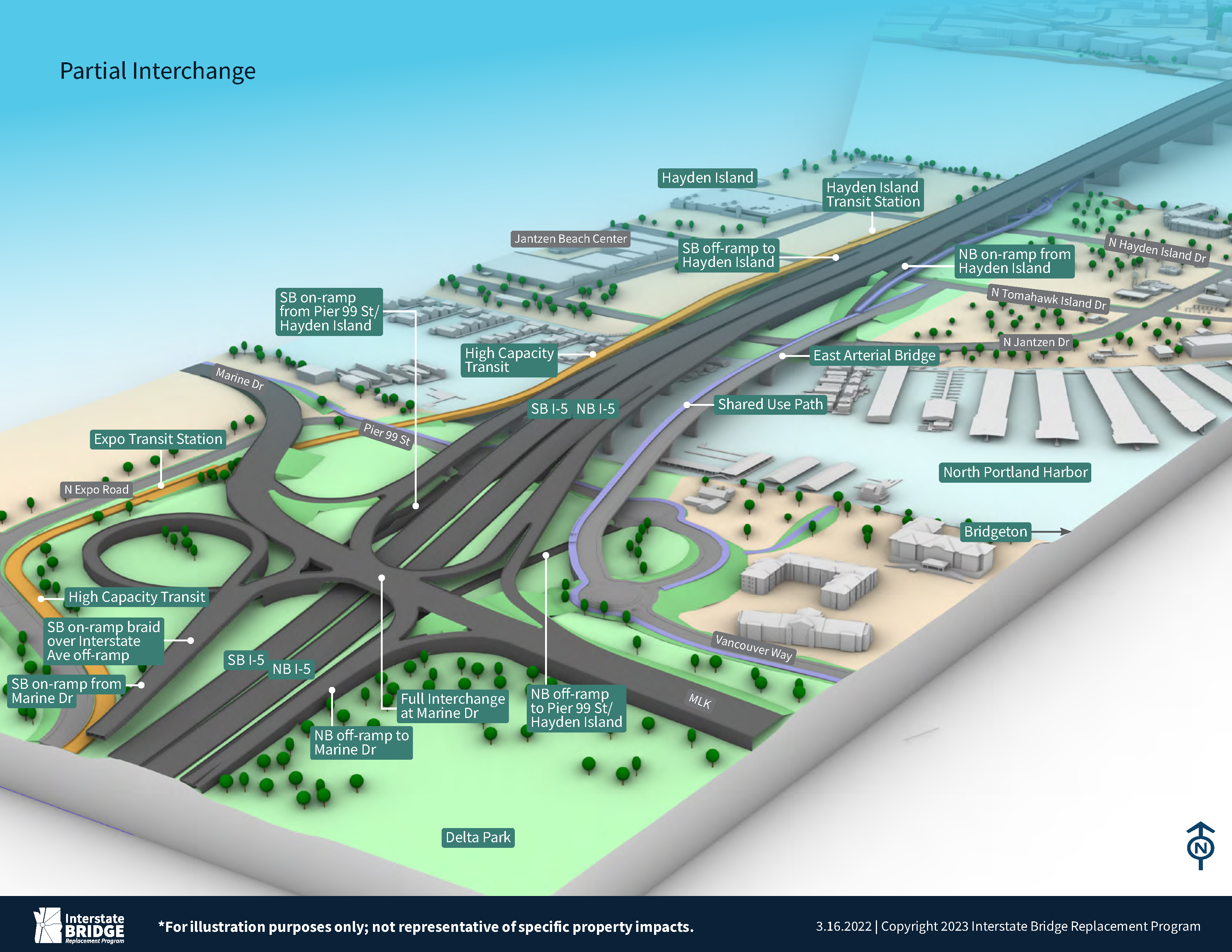

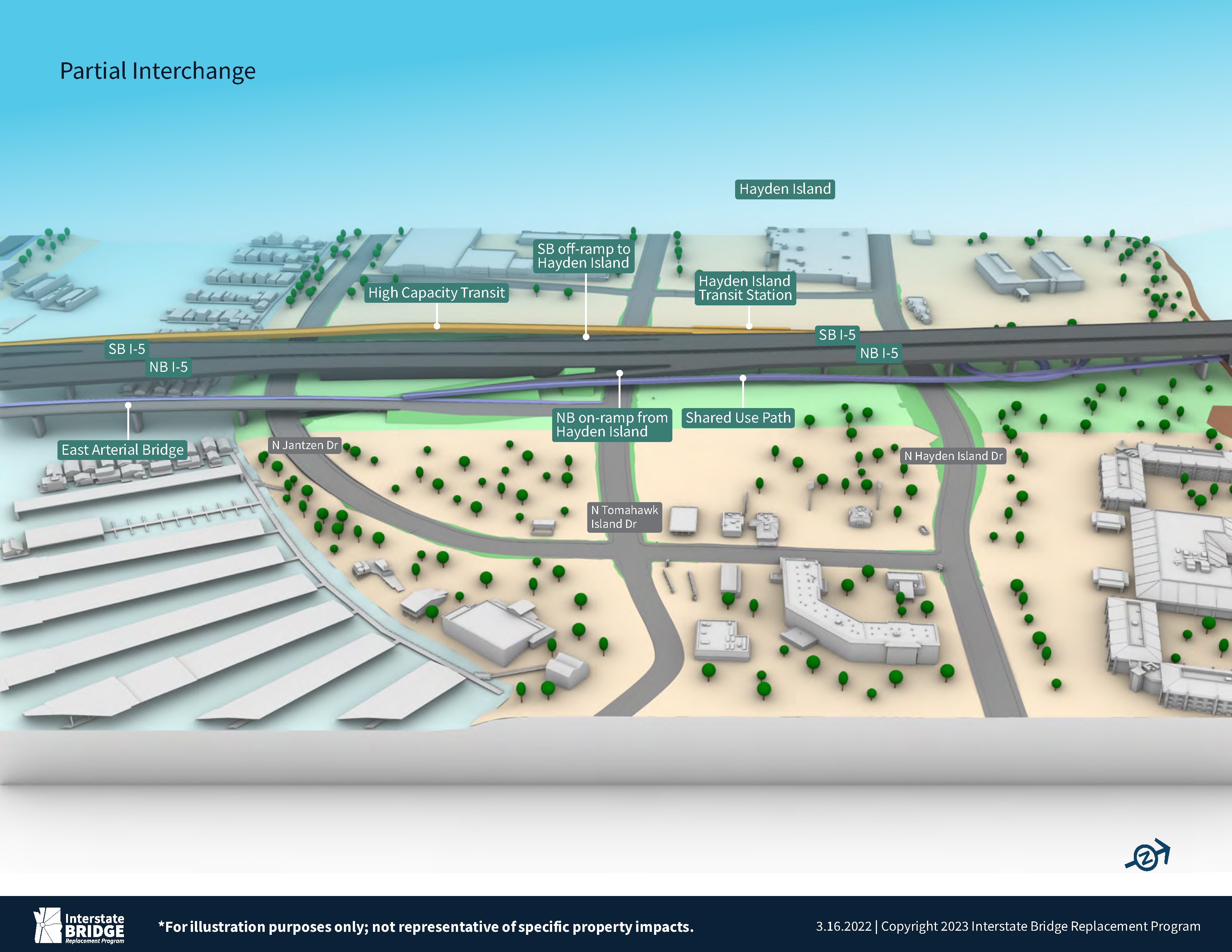
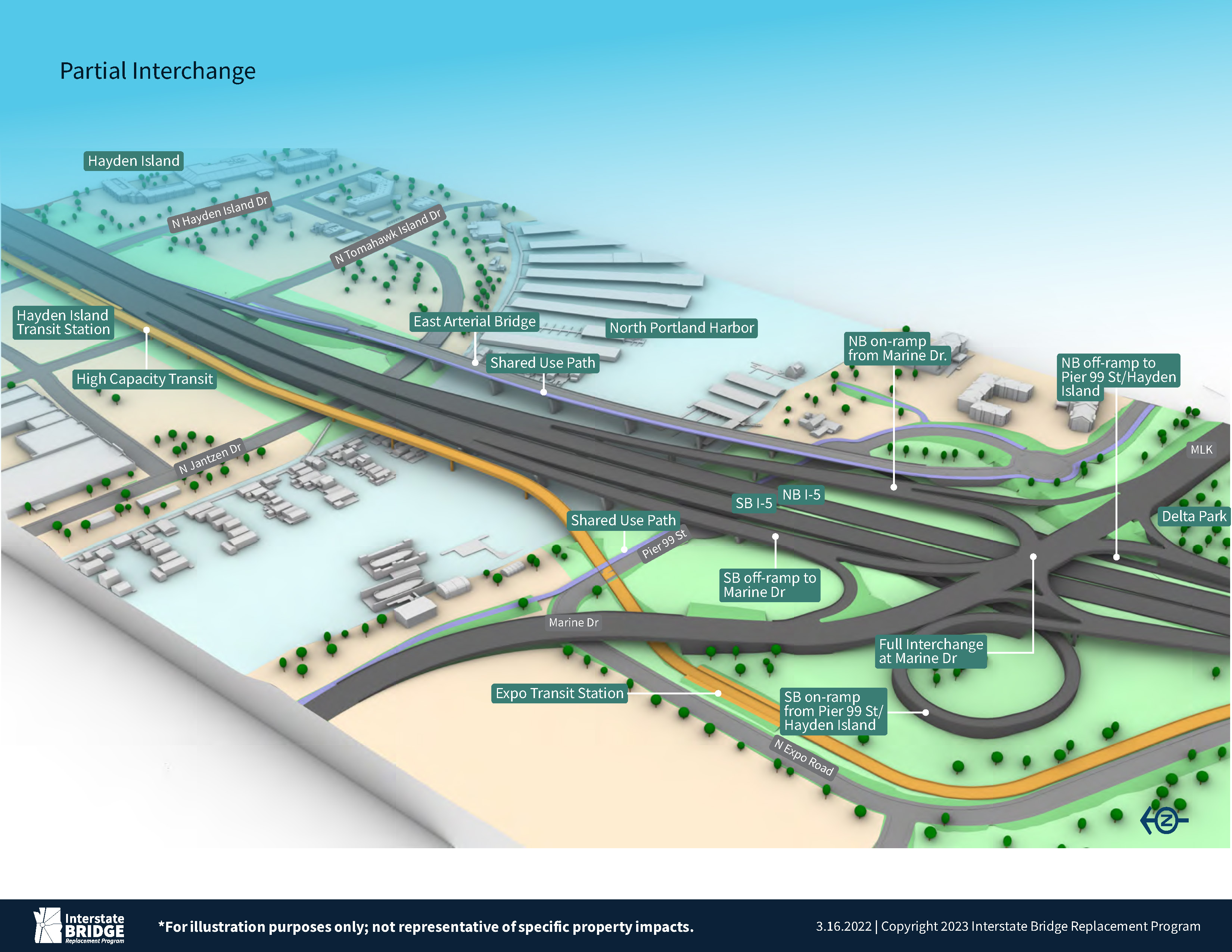
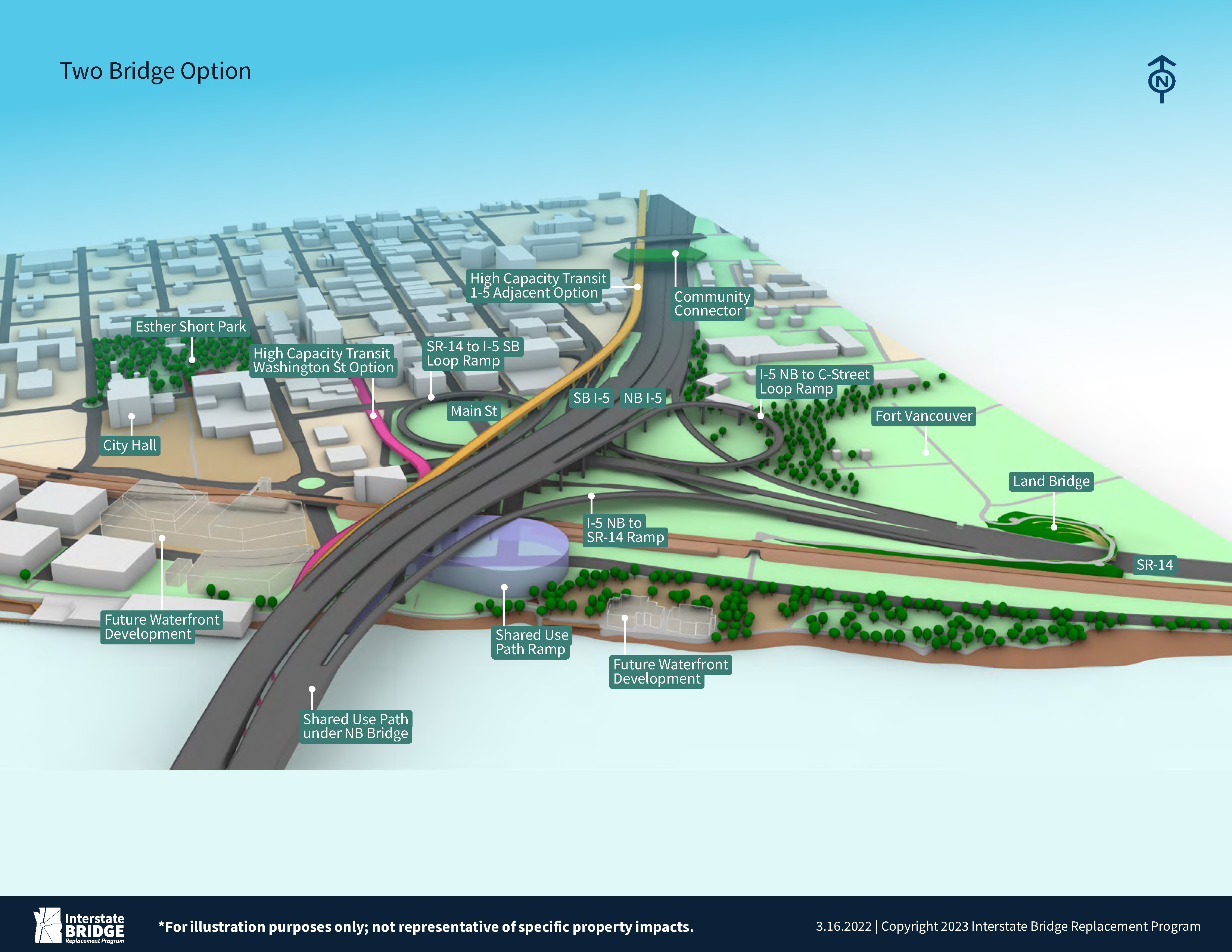

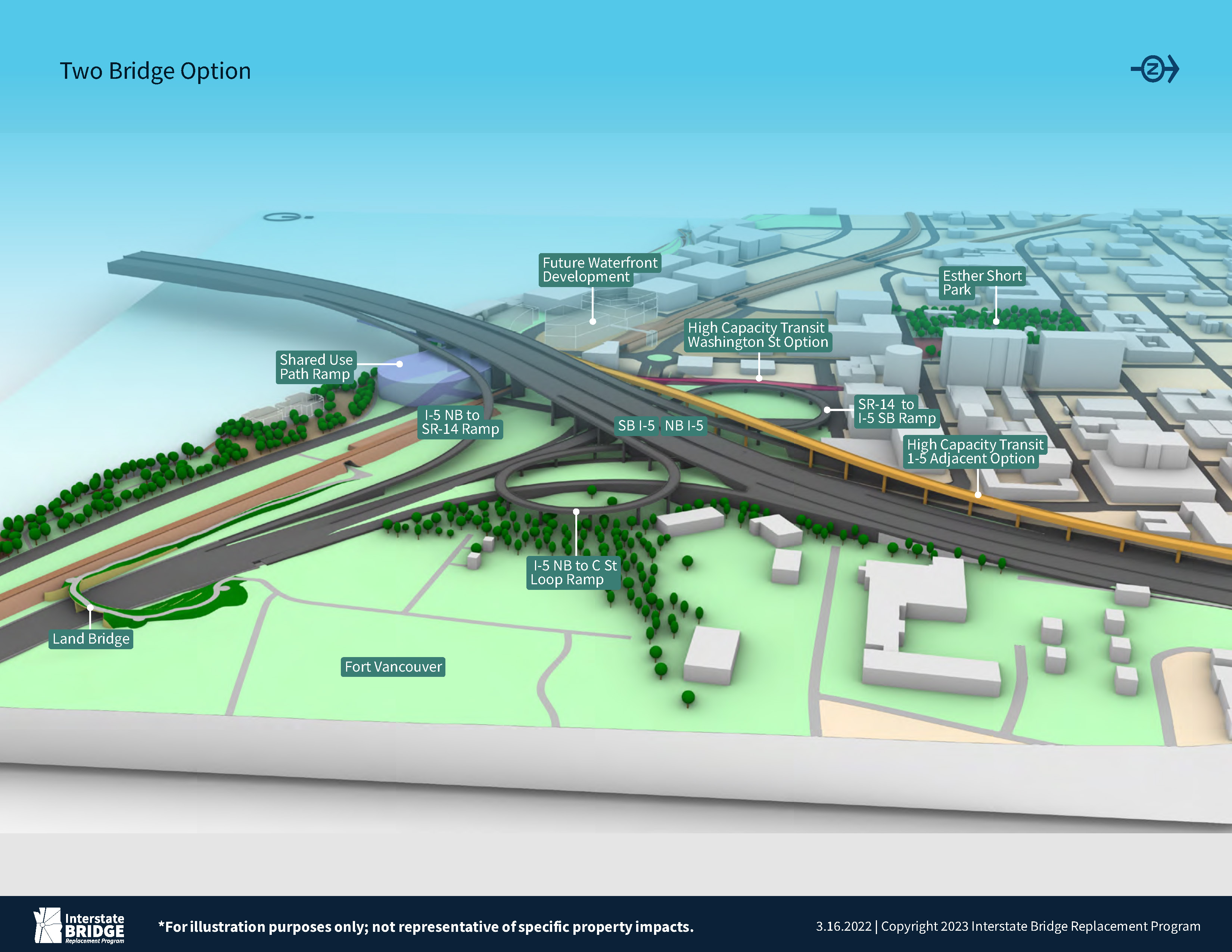
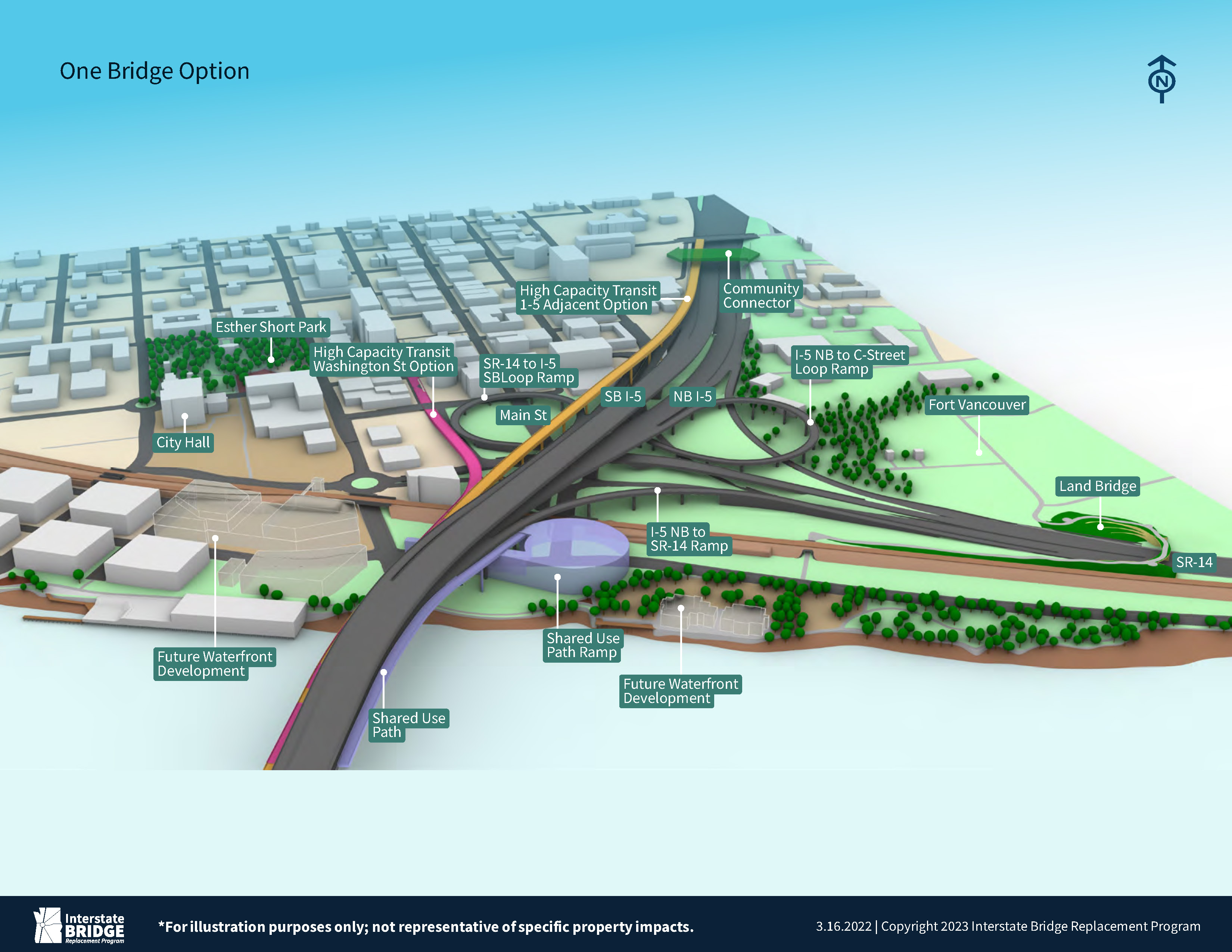

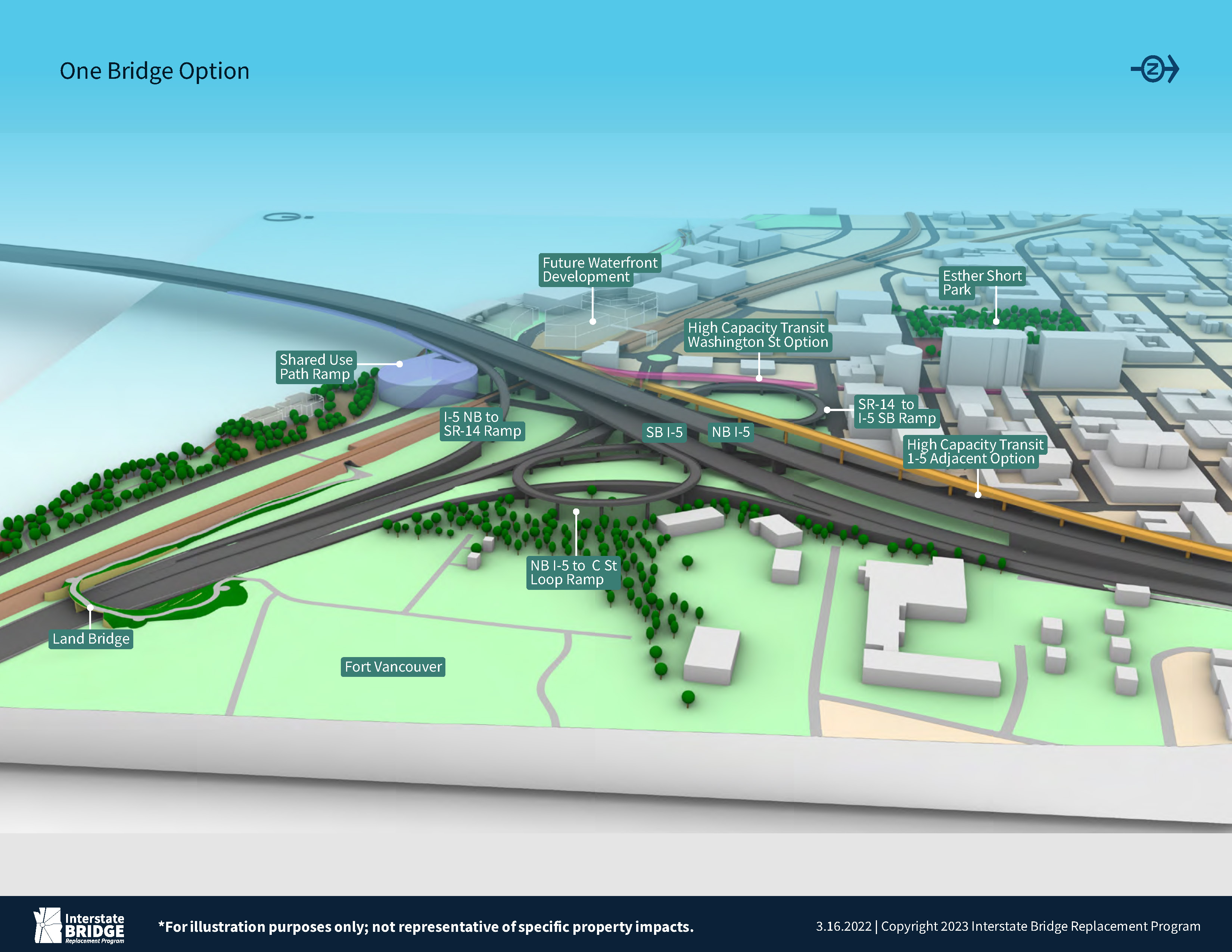
Number of comments received via email, website form, and community engagement survey.